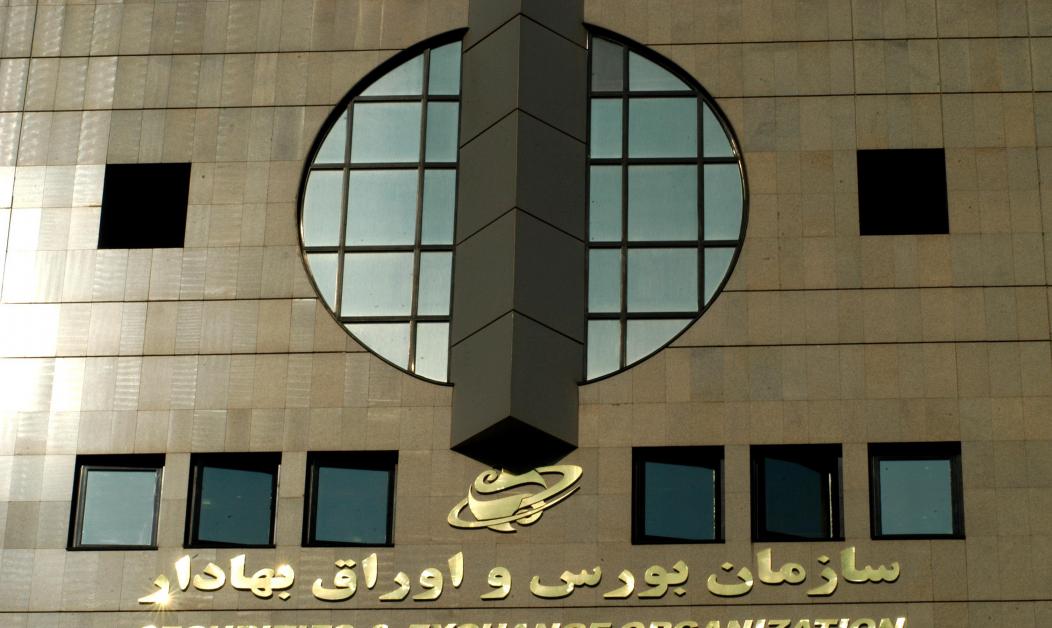The overall index was set to pile up considerable gains on Tuesday, however the fragile atmosphere at the TSE led to the TEDPIX pulling higher only 0.19 percent to kept hovering at 63,000-level point.
According to TSE data, all indices settled in green and help TEDPIX to gain 122.1 points or 0.19 percent to stand at 63,644.9. The first market index rose 85.4 points or 0.19 percent to 46,057.7. The second market index was up 269.1 points or 0.21 percent to 130,470.1. The free float index climbed 191.8 points or 0.26 percent to 73,099.3. The industry index ascended 84.1 points or 0.16 percent to 52,265.2, and the blue-chip index also ticked up 4.1 points or 0.14 percent to end at 2,917.9.
Low trade volume and value is highlighting the bearish sentiment at the equity market. In a downtrend compared with the prior trading day, more than 316 million shares changed hands, valued at around $18.74 million.
Omid Investment Group Corporation extended its bullish sentiment and with 30.83 points gave the biggest boost to the TEDPIX. Mobin Petrochemical Company (MPC) also outperformed and took the second place. Parsian Oil and Gas Development Company, with 18.1 points in positive contribution followed the MPC.
Almost half of the listed companies at the TSE slightly underperformed, with Mapna Group on top of the market laggards. National Iranian Copper Industries Company and Bandar Abbas Oil Refining Company took the second and third place respectively.
Limit Up & Down to Loosen as of May 23
The Tehran Stock Exchange has officially announced that the limit up and down for stocks and preferred shares at the TSE will be loosening as of May 23, TSE public relations reported.
In a bid to enhance liquidity at the TSE, and in line with the Securities and Exchange Organization approval, the current 4-percent limit up/down price band for stocks, rental bonds and derivatives will be raised to ±5 percent, and for preferred stocks it will surge to ±10 percent, said TSE market deputy, Ali Sahraie.
The report also noted that it is mandatory for listed companies to file quarterly reports via the CODAL system (comprehensive database of all listed companies) without involvement of any intermediary agent.
The modified policy is expected to boost transparency and underscore the importance of precise technical analysis prior to garnering shares by investors.
Iran-Saudi Rivalry
As Saudi Arabia opens its stocks to international investors, Iran is close to a deal with foreign powers that would end more than 10 years of sanctions on the country, paving the way for an influx of overseas cash, Bloomberg reported.
Shares in the world’s largest oil exporter will be open to direct foreign investment from June 15. In the meantime, overseas investors can access the market by buying so-called participatory notes and exchange-traded funds. MSCI Inc. will start a standalone benchmark for the kingdom with 19 companies including Saudi Basic Industries Corp., the world’s biggest petrochemicals maker by sales, from June 1.
The market regulator said this month that international ownership of a single stock will be restricted to 49 percent. Institutional investors managing at least 18.75 billion riyals ($5 billion) will have direct access, a threshold the regulator reserves the right to cut to 11.25 billion riyals.
When it come to Iran, economic sanctions on the country have hindered the process of transferring money and as such deterred institutional funds from the stock market, even though they are officially able to hold in some cases up to 100 percent of equity.
While a final deal with global powers that removes sanctions against the Islamic Republic hasn’t yet been reached, overseas money managers including London-based Charlemagne Capital Ltd. are already positioning themselves. The first index exchange-traded fund dedicated to Iran started in January.
The Saudi exchange is the biggest in the Arab world and the 19th largest globally, with a market value of $579 billion. By comparison, South Africa’s capitalization is $541 billion.
Iranian stocks have a market value of $102 billion, according to the latest data from the exchange, less than half the size of Turkey’s. That makes it the fourth-largest in the Middle East after the United Arab Emirates and Qatar, data compiled by Bloomberg show.
Different factors entice fund managers to pick Iran instead of the Saudi exchange. The variety of listed industries at Iran’s equity market, undervalued shares, lowest Price Earnings ratio, cheap utility costs, highly educated workforce, and over and above the fact that the market has been untapped for up to 30 years perhaps makes Iran’s equity market more attractive compared to its Saudi counterpart.
Iran has the second largest population in the Middle East and North Africa region, with 77 million people - three times the regional average, according to the World Bank. It has the fourth biggest oil reserves in the world, according to the US Energy Information Administration, and the second biggest natural gas reserves - second only to Russia.


